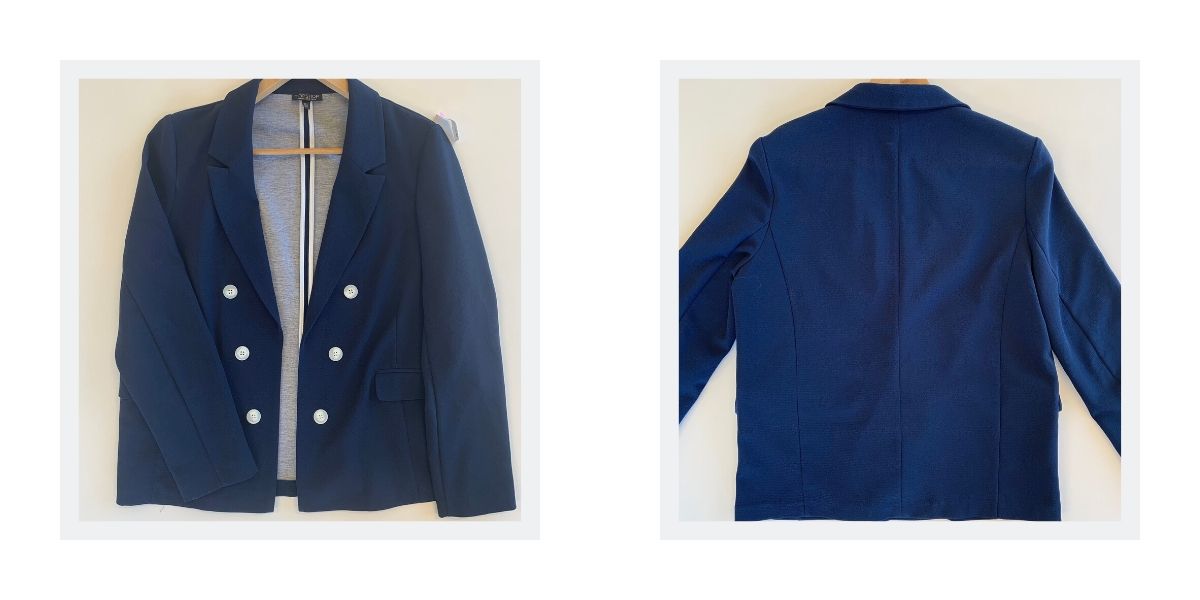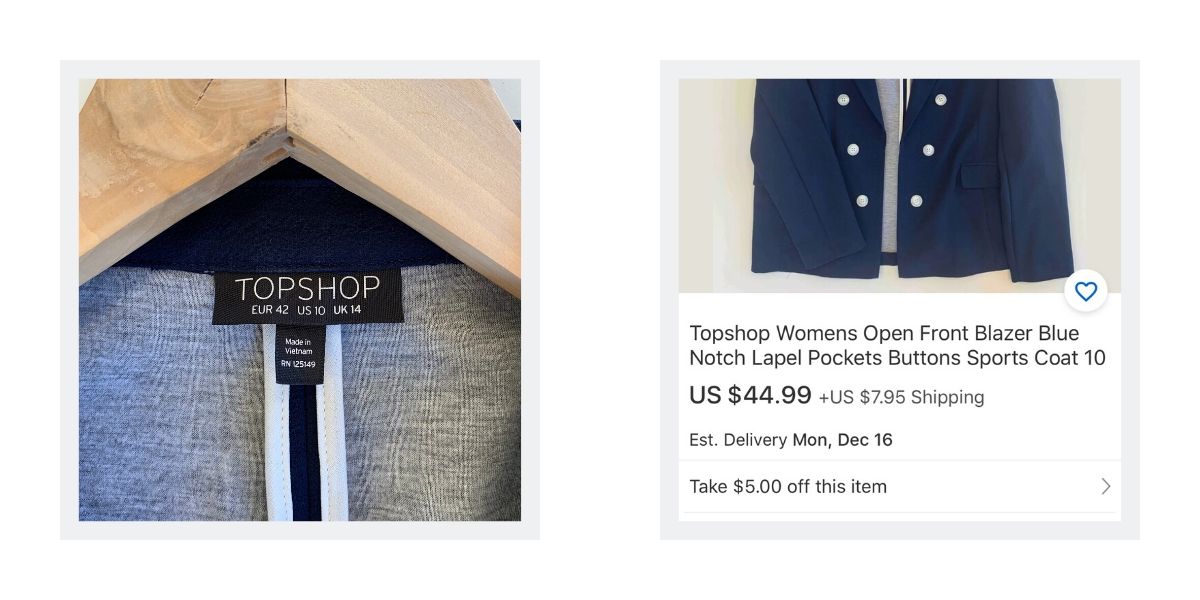If you have a closet full of unworn clothes and shoes, this week’s episode is for you. SellHound CEO Suzanne Wouk and Deborah Lindsay, SellHound’s Director of Operations and Sustainability, explain why buying and selling second-hand clothes is one of the most sustainable things you can do. They also explain how the SellHound App turns anyone with a smartphone into a circular fashion re-seller.
What is recommerce?
Before we jump in, let me explain a circular economy principle you might be hearing about more lately: recommerce.
Recommerce means reverse commerce. When you buy or sell used products or clothing you are engaging in recommerce. Recommerce keeps products and clothing in use. Recommerce is an integral part of a circular economy because it gives used products and clothing a second life rather than being recycled or thrown away.
Why we need a circular fashion economy
In the episode, Deborah explains that our whole economy is based on a supply chain that is linear. Meaning, we take something out of the ground, we make something out of it and then eventually it heads to the landfill.
The equivalent of one garbage truck of textiles is landfilled or incinerated every second.”
– ThredUp 2019 Resale Report
Because of the heavy pesticide use in growing cotton and other materials, the fashion industry is considered to be one of the dirtiest industries in the world. The documentary RiverBlue explains why.
Circular fashion puts used clothes and shoes back into the supply chain and economy. So anyone finding more life from used goods that still have value is participating in the circular economy.
The second-hand market is growing
The second-hand ecosystem is exploding right now, Deborah said. Second-hand apparel is a $24 billion industry according to the ThredUP 2019 Resale Report. That number is expected to grow to $51 billion by 2023 according to the report.
The younger generation is more conscious about their purchases and they insist that brands have a social impact. Brands are starting to listen. For example, JCPenney announced they are going to start selling second-hand goods in their stores.
The SellHound fetch engine and app
Suzanne explains that the SellHound fetch engine is an aggregator for all second-hand market places. The fetch engine lets you compare the price of your used clothing in different online market places.
The SellHound app lets you create an eBay listing using only three photos. Using those three photos SellHound uses a combination of image recognition technology, artificial intelligence, and human specialists to create highly optimized listings.
Deborah points out that most regular people selling second-hand items from their closets don’t know the right keywords or correct description for an optimal fashion listing. The SellHound app streamlines the listing creation process. The images below are examples of three images you would upload to SellHound, and the fourth image shows the listing SellHound creates.


How the SellHound App acts as a virtual assistant
To create an eBay listing, snap three pictures of your item. SellHound explains what the pictures need to contain, identifies the item and then creates a highly optimized title with all the right keywords and descriptions. It can even give you pricing suggestions and tells you how much to charge for shipping for each marketplace of your choice.
When you receive the listing you can review the item and make changes. Then click post and it posts directly to your eBay account. It’s like hiring a virtual assistant that will have all the right keywords for each market. Suzanne says items created using the SellHound app sell three times faster than if the seller were to create a listing on their own. The first three listings are free. After that each listing costs between $1.40 and $2.
Listen to the full episode to learn more about SellHound and why recommerce is the next big thing in fashion.

I love everything about your company
I wonder if you would like to do something collaborative here in Santa Cruz to tell more of your story and find users
I have two ideas and projects I am intimately familiar with. One is a museum I started in Santa Cruz called the Santa Cruz children’s Museum of discovery. The moms and dad’s and grandma’s who bring their children here would be perfect users and supporters of cel hound. The other is a store my cousin starred. Ethos in Capitola. A perfect fit for a sellhound day
I’m
Rambling. Many apologies. I just love your company. I read about you after my daily perusal of tech beats newsletter here in Santa Cruz. Sara isenbergs project